Hello, all hive gardeners greetings.🙏 here autumn has arrived. cold and dense weather started, and evenings and nights are becoming cooler. I am waiting to harvest my tomatoes many still have not changed color maybe they will or maybe not.
But today we are revisiting again our Indian garden. last time we watched part one, here you can read about it if you missed it.
https://ecency.com/hive-140635/@hindavi/our-indian-garden-part-1.
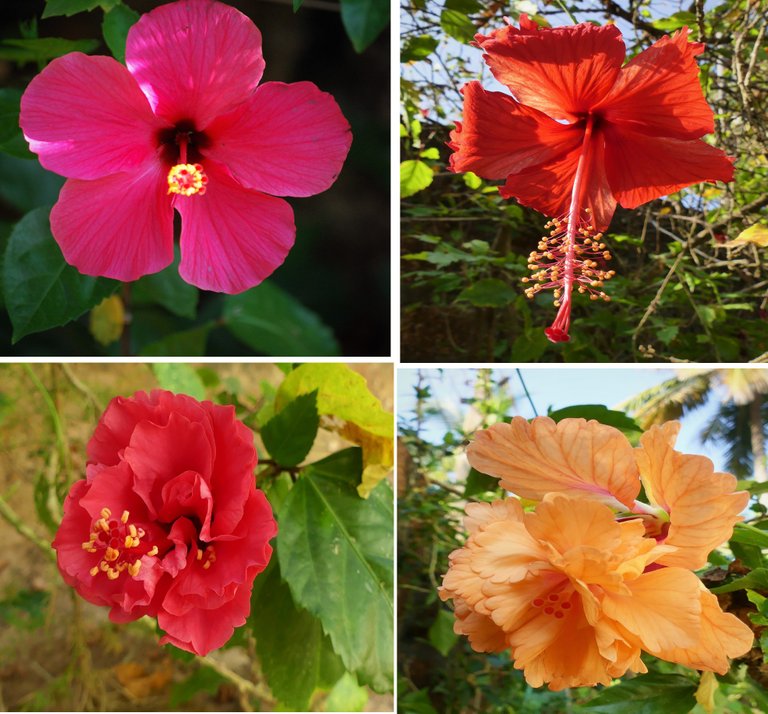
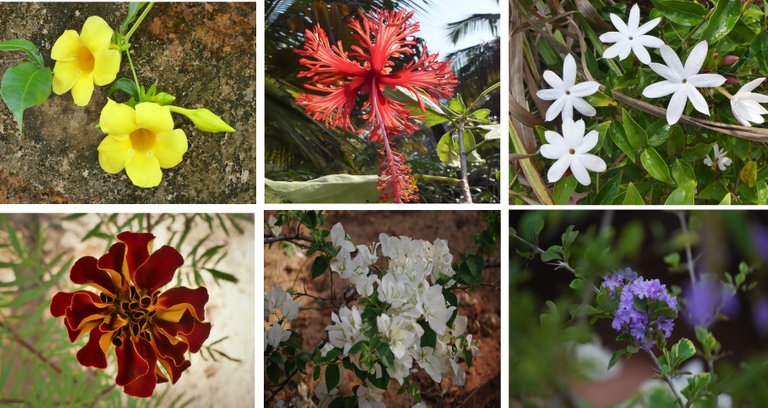
These different tropical flowers grow in our garden. We tried different kinds of flowering plants to but they didn't survive. These here are normally standing in this sandy soil without any complaints.
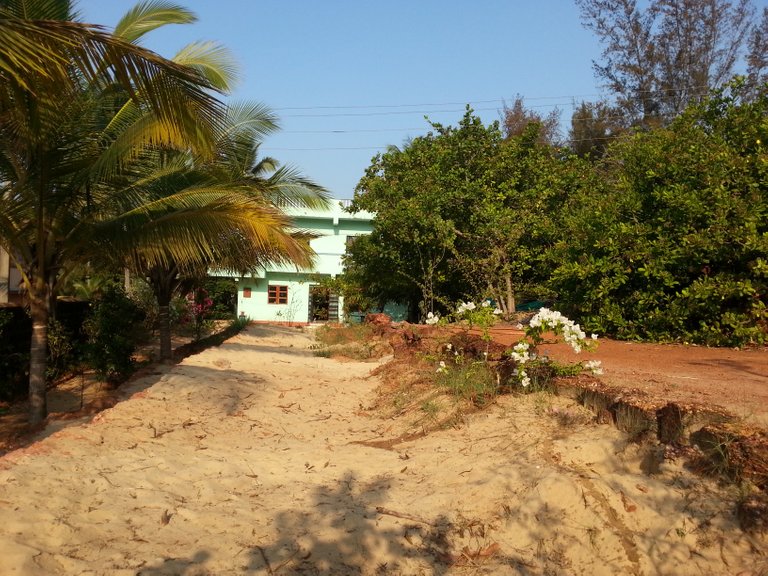
Welcome back to our garden in India. For the last 10 years slowly-slowly we are working to develop our garden during our stay there but it is taking a long time
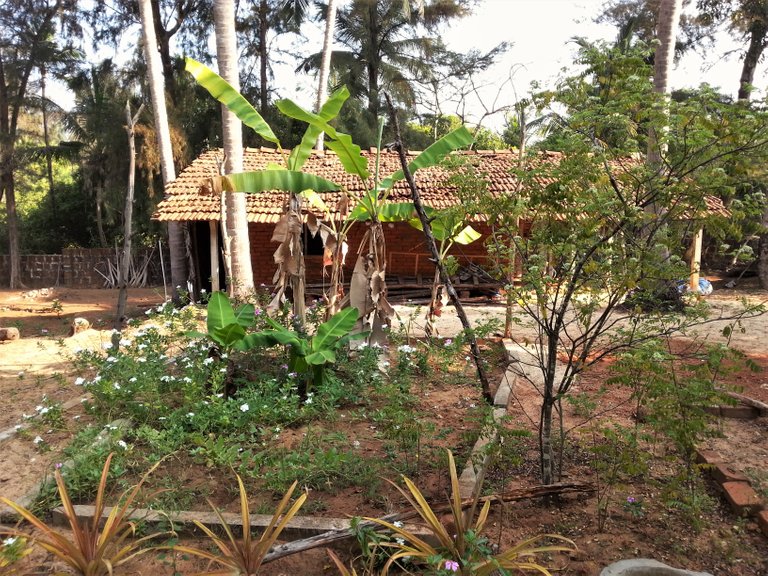
In November our backyard looks like a mess. But as soon we get there we start working and replanting some plants along with the old ones.
here we tried new banana plants which were claimed to grow very fast.

The view from the terrace. in the morning
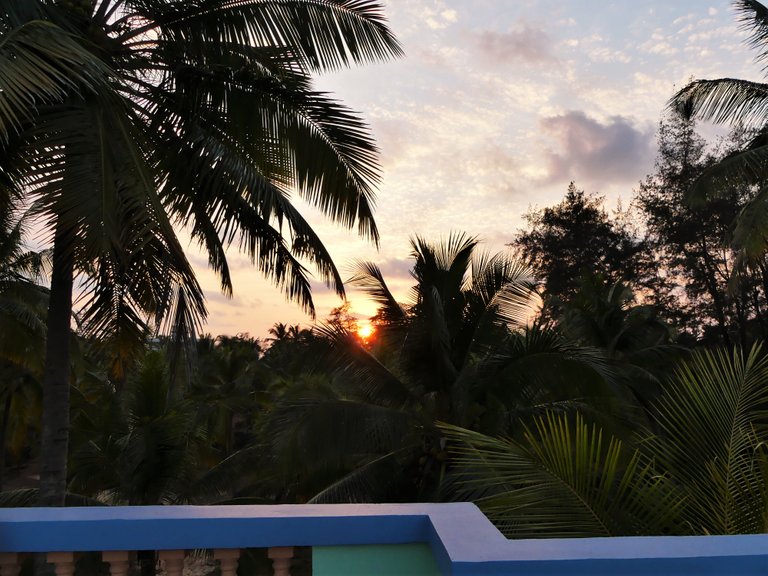
At evening sunset.
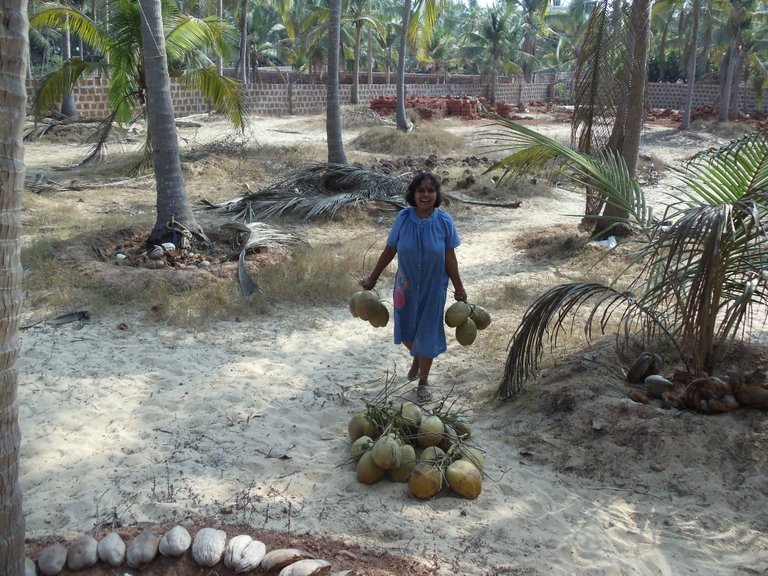
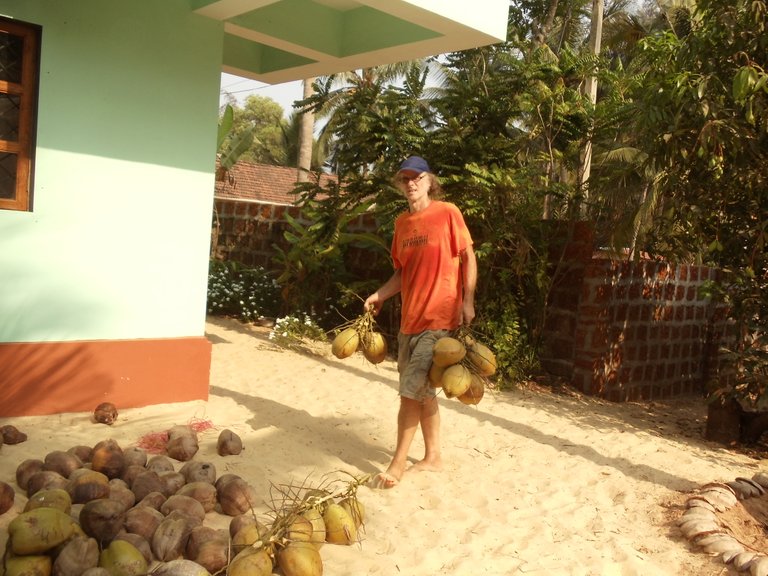
Harvesting coconuts, that we have to do each 3 months but when we were not there the gardener doesn't care so all coconuts just dry out and we use them in food but they are so many so we make oil. we have the opportunity to go to the local mill where they use a traditional cold pressing method.
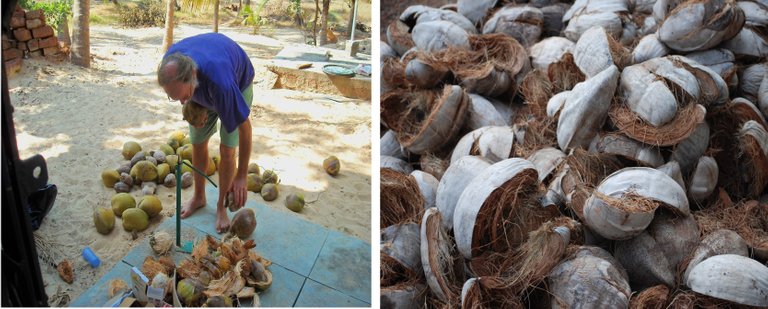
First, peel them to separate the husk.
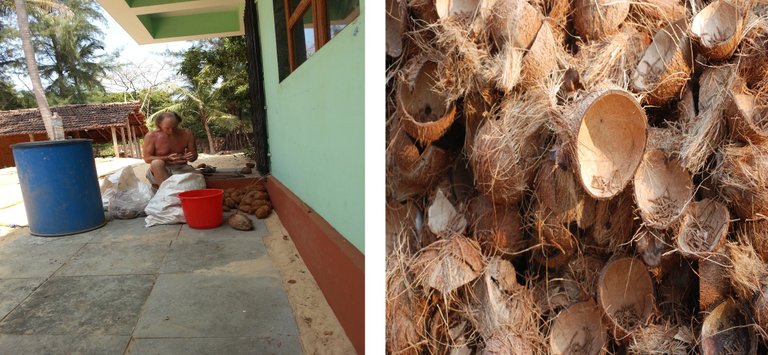
then break and separate from the shell.
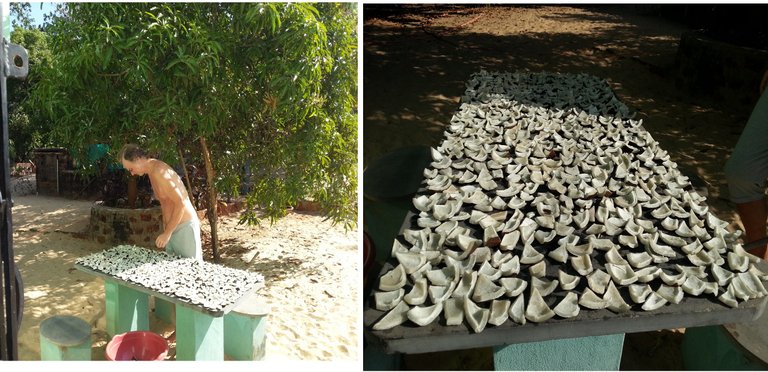
Then cut them into pieces and dry them in the sun.
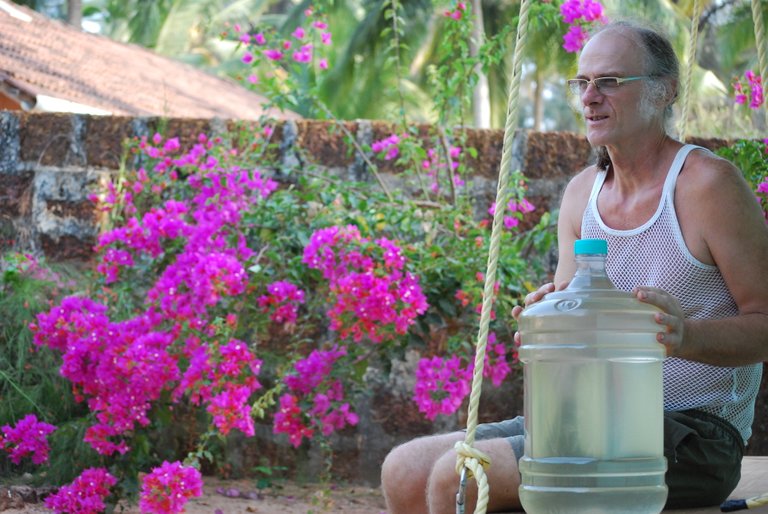
Then bring that material to the oil mill.
and here is the result around 40 liters of oil each year fully clean and organic.
for 2 years we missing our own self-made oil.
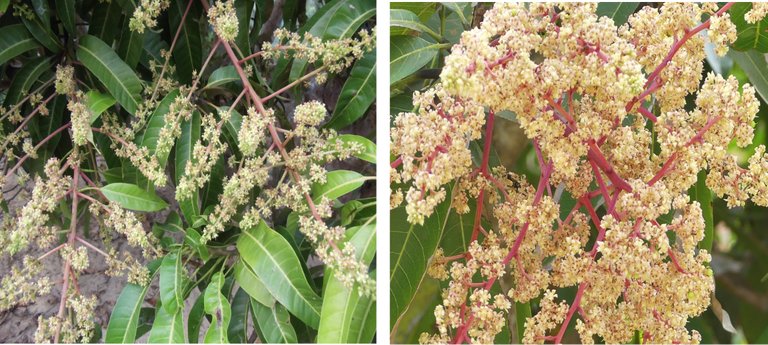
Mango flowering starts in January or February. we don't use any spray or fertilizer so ripen in late April or May.
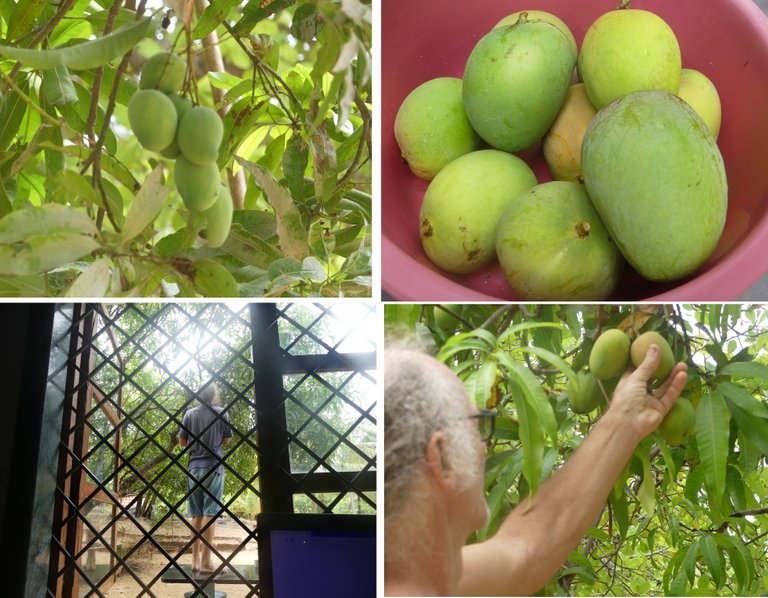
In 2020 because of corona lock-down, we were there in monsoon we harvested the different varieties of our mangoes.
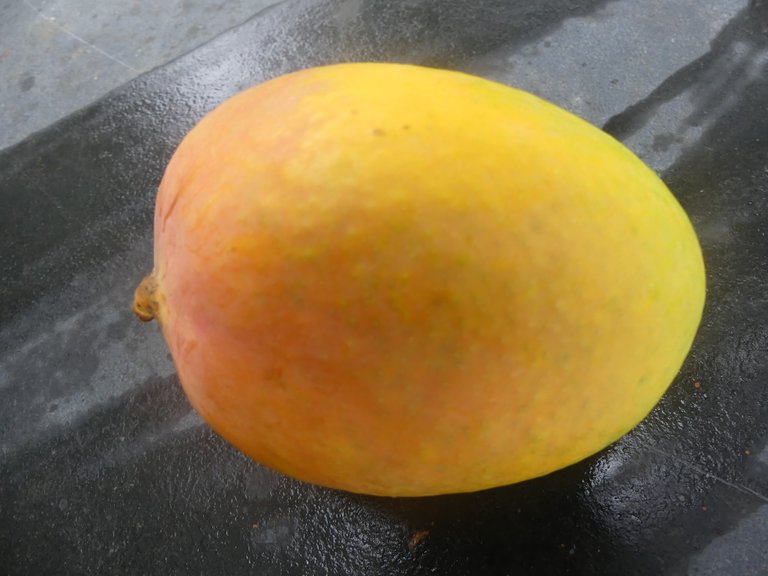
This is the world-famous and best mango called Alphonso mango. that year was the first time we harvested fully tree-ripe mangoes.
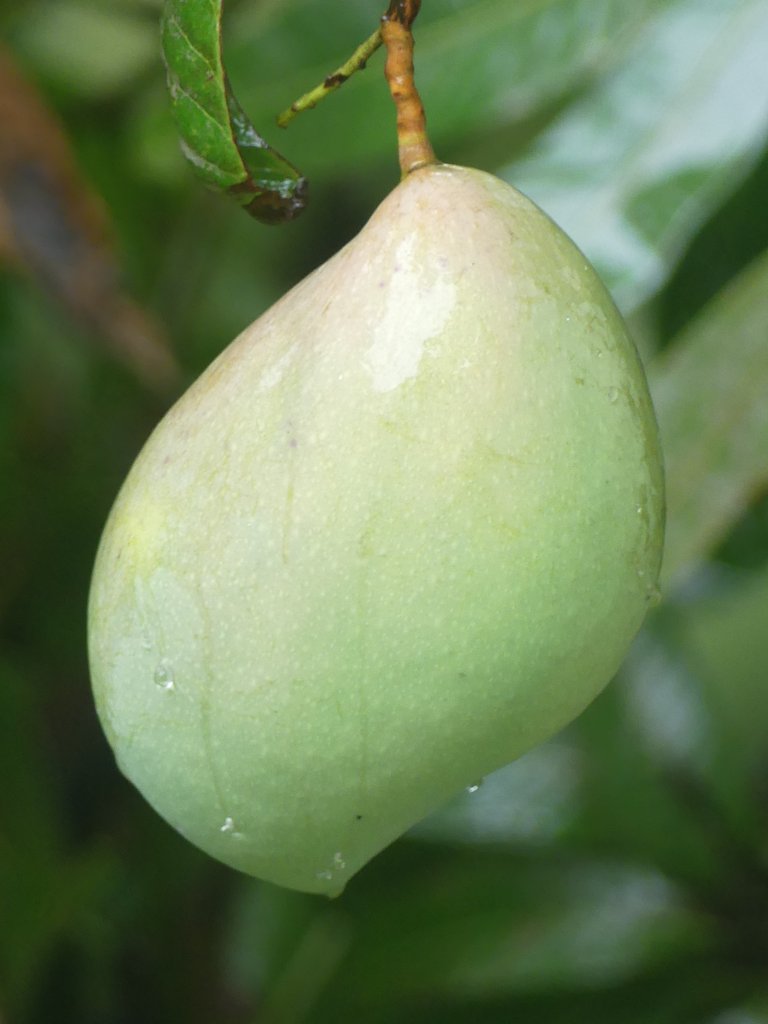
This is called Totapuri my husband calls it parrot beak.
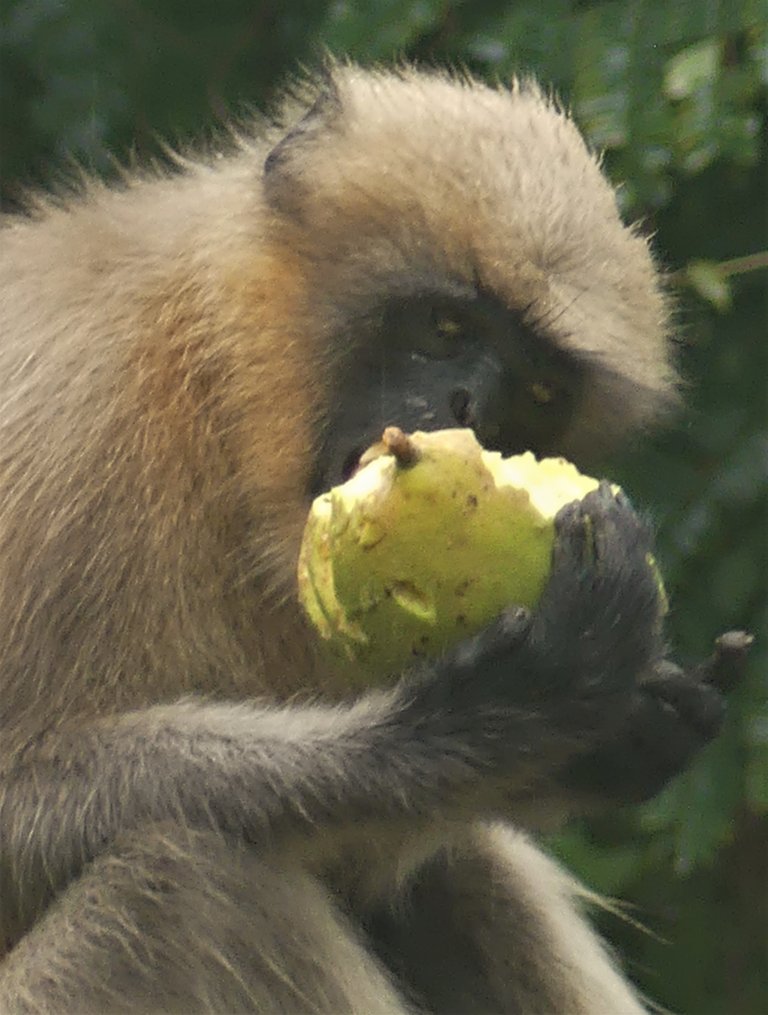
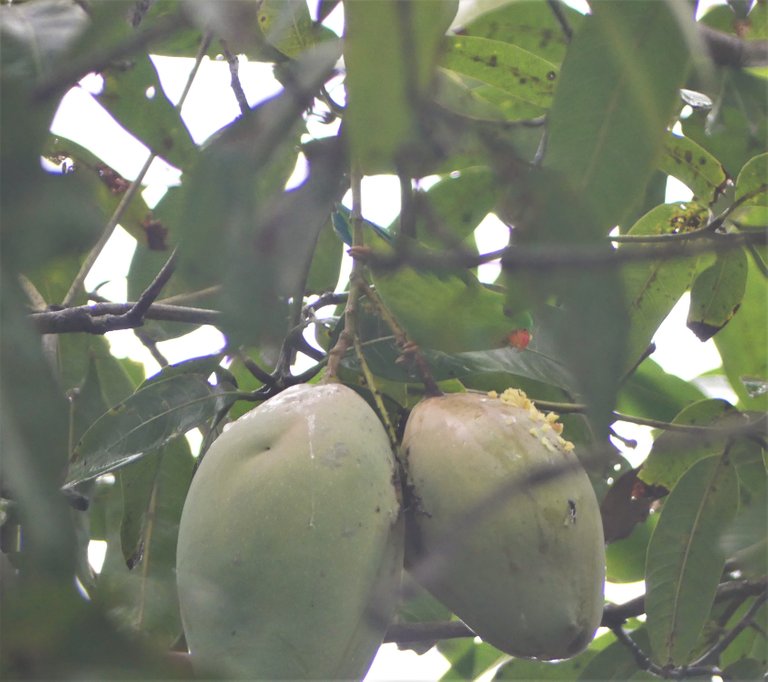
monkeys and birds enjoy them with their families more than we did. of course we share a lot with our neighbors and they are always very happy about that.
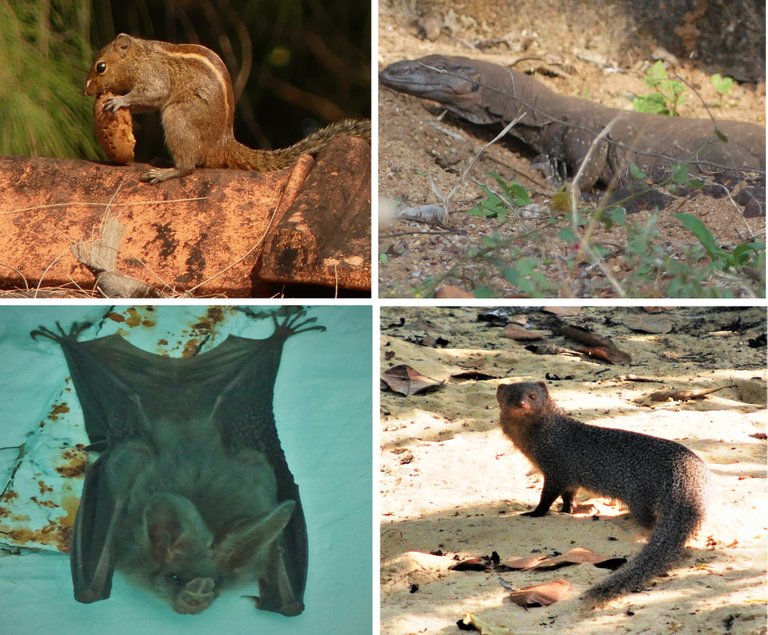
There are some creatures squirrel, monitor lizard, and bat mongoose, they don't need our permission to live on our land and they go all over. even the bats hang on the balcony roof daytime and enjoy the chikoo sapodilla fruits at night.
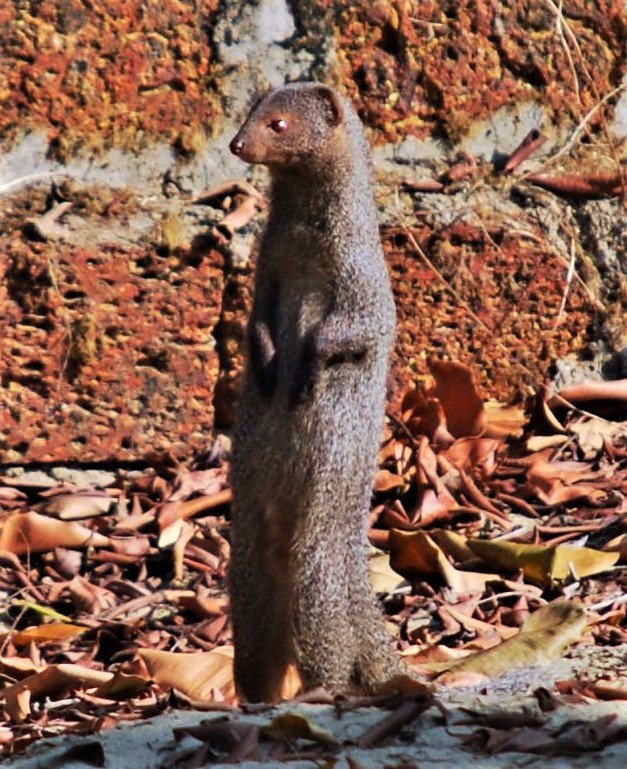
We love these guys called Mongoose the family goes all around in the garden. because of them, we don't have any snake problems on our land.
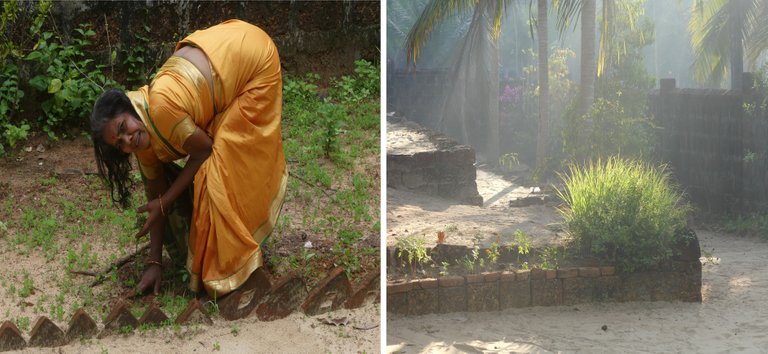
We have many Tulsi plants, but still planting more. when getting a chance.
There is a lot to share I think I should write one more post about . see you soon take care Thank you for stopping by.
Amazing pictures and a great place to be. Thanks for sharing
Thank you 🙏 for stopping by. greetings😊
You're welcome. Cheers 🍻
i would like to go to that place soon
😊🌞🌞🌞😊
A very nice place and lovely photos!
Thank you🙏 yes, it is a nice place but I am not a photographer trying my best. that photos were taken from an old-style sony camera. greetings😊
Anyway, you did a fantastic job! The main thing is not necessarily a good camera, but a good eye to catch the best moment 😉
Thank you 🙏 dear friend @ylich for your supporting words. greetings 😊
My pleasure!
The gardens and activities you share are amazing, I'm sure this is a habit for people who deal with gardens, and it will certainly be fun.
Thank you, 🙏we do it according to our capacity. sometimes one person comes to help us. But my husband does more things. it is lots of fun also but because of sand very hard to grow vegetables. greetings 😊
Yep, for soil that contains a lot of sand it is very difficult to grow vegetables, most people will use hydroponic gardens to avoid this.
Thank you also for your feedback.
It is also very hot sun and we are there for a short period so it is not so easy to plan something like that.
some vegetables like radish, red spinach, fenugreek, pumpkin, and sweet potatoes, grow in the monsoon time.
one year we got some yellow squash in November, from thrown-out seeds in the compost. they grow in the whole monsoon and fruits show up in November. but a lot of availability from local people and they need some support so most vegetables buy from local vendors.
It seems that it must require a lot of energy and large capital to garden in the area there, because the stability of the weather is not so good.